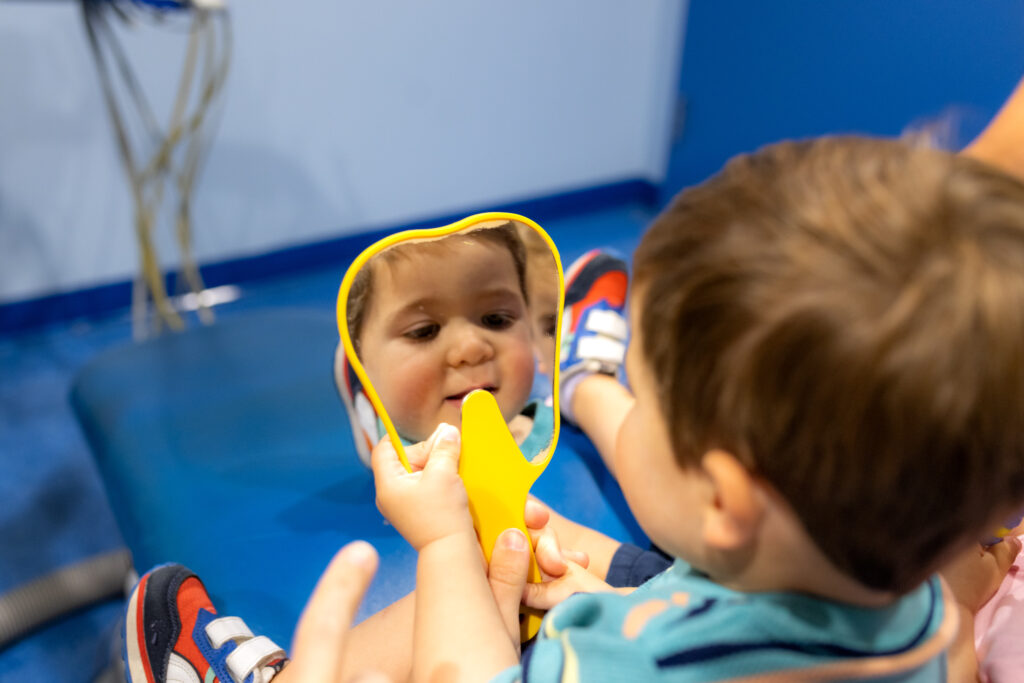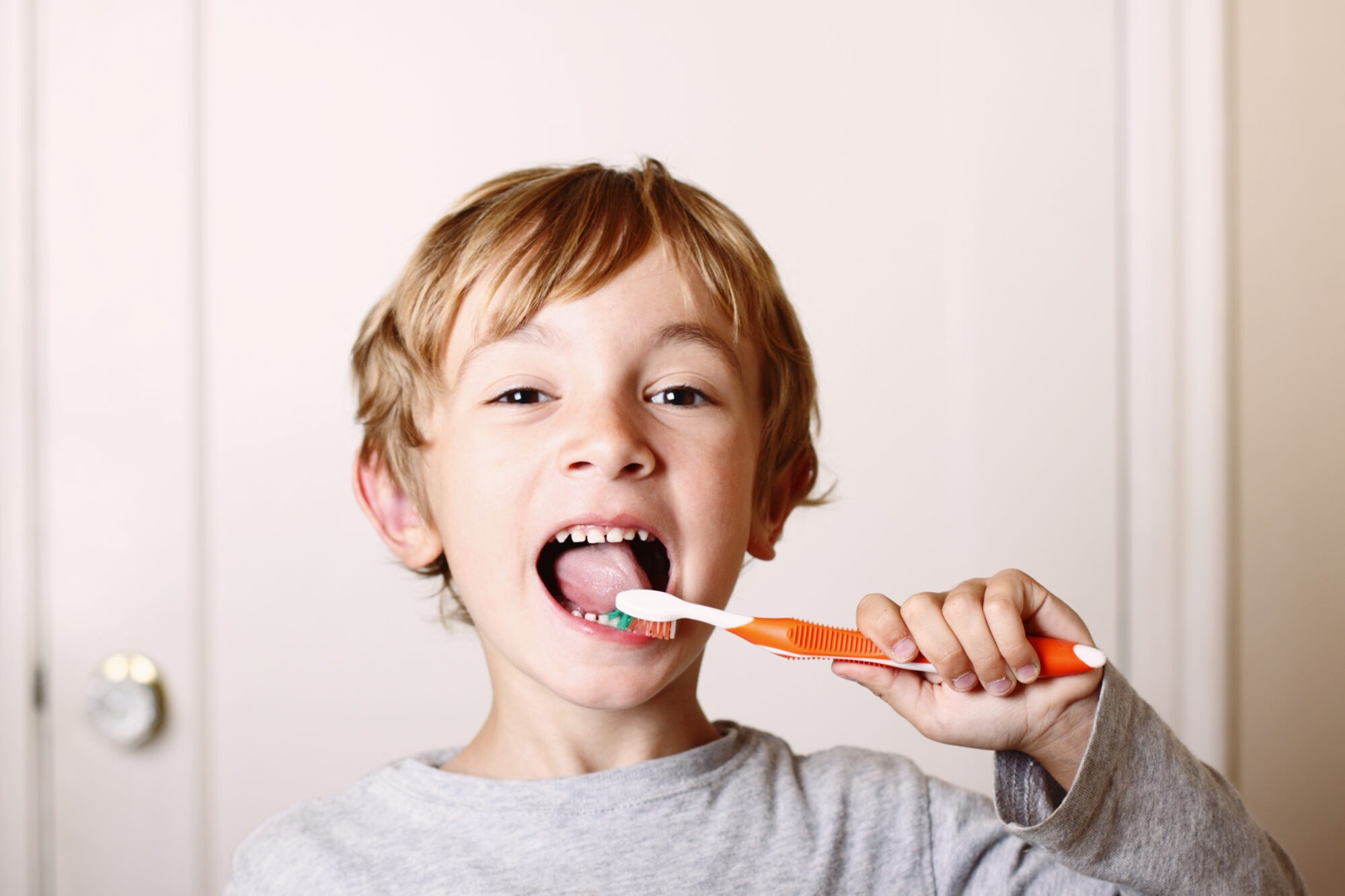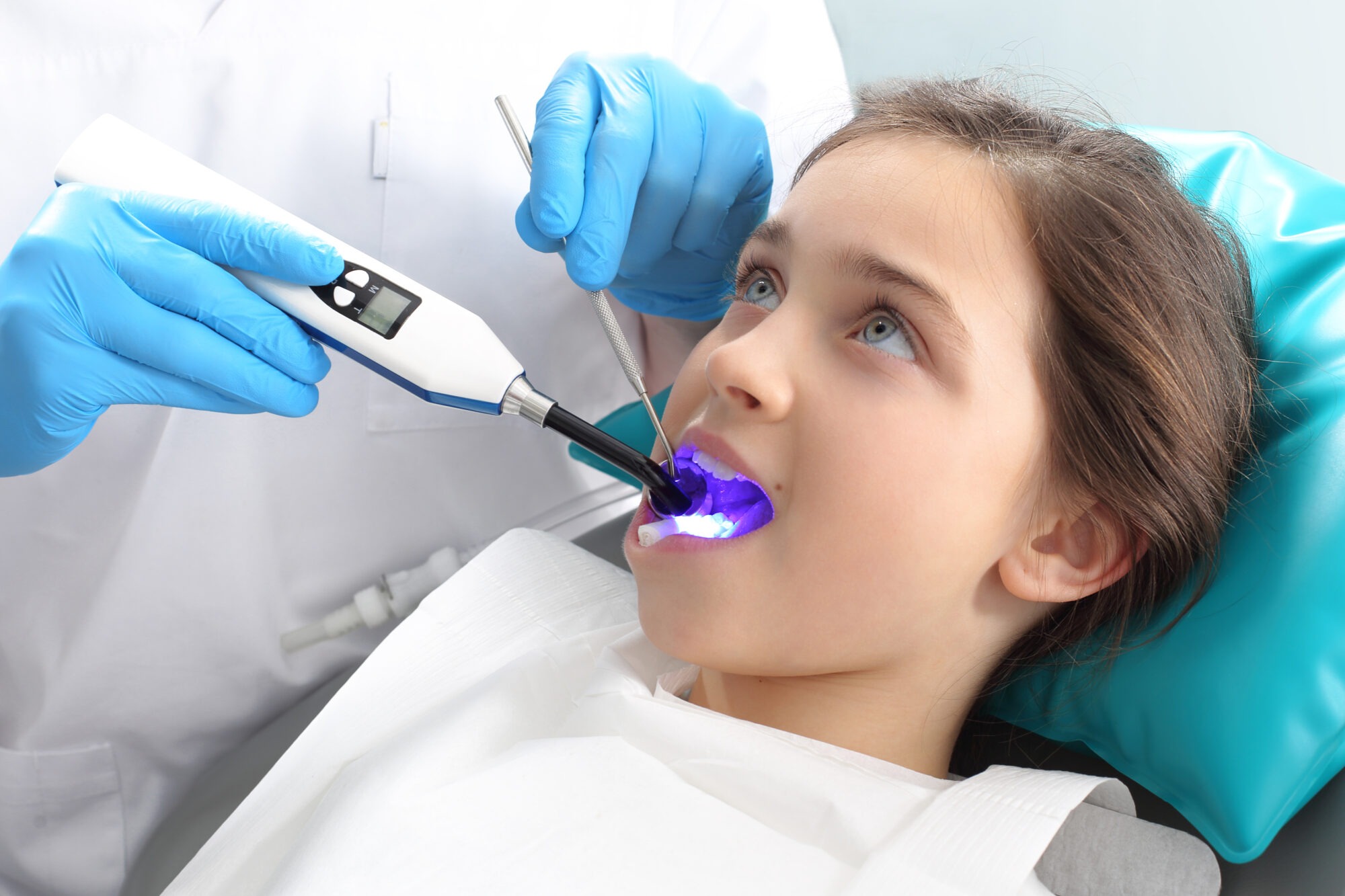Causes of Baby Bottle Tooth Decay
Baby bottle tooth decay primarily stems from prolonged exposure to sugary liquids. When infants suck on bottles filled with juice, milk, or sweetened drinks, the sugars linger on their teeth. This creates an ideal environment for harmful bacteria.
Another significant factor is nighttime feeding. If babies are allowed to sleep with a bottle in their mouth, they may keep those sugars coating their teeth for hours. This increases the risk of cavities.
Additionally, poor oral hygiene plays a role in tooth decay development. Without regular cleaning, plaque accumulates and hardens into tartar, leading to gum disease and dental issues.
Lastly, genetic predispositions can also influence susceptibility to decay. Some children may naturally have weaker enamel that requires extra care as they grow. Understanding these causes helps parents take proactive steps in safeguarding their child’s dental health.
Signs and Symptoms of Baby Bottle Tooth Decay
Baby bottle tooth decay can manifest in several ways. Early signs often include white spots on the teeth, particularly around the gum line. These spots may go unnoticed at first but require immediate attention.
As the decay progresses, you might observe brown or black discoloration on your child’s teeth. This can be alarming and is a clear indication of more serious issues developing beneath the surface.
Your little one may show signs of discomfort when eating or drinking, especially with sugary liquids. They could also become irritable due to pain from affected teeth.
Bad breath that persists despite good hygiene practices can signal underlying dental problems as well.
If you notice any changes in your child’s oral health, it’s essential to consult a pediatric dentist promptly for an evaluation and appropriate guidance.
Prevention Techniques
Proper bottle feeding habits play a crucial role in preventing baby bottle tooth decay. Avoid letting your child go to bed with a bottle filled with sugary drinks or milk. Instead, offer water during bedtime.
Maintaining good dental hygiene for infants is essential. Wipe your baby’s gums with a clean, damp cloth after feedings to remove any residue. As teeth emerge, switch to using a soft toothbrush designed for tiny mouths.
Diet and nutrition also significantly influence dental health. Provide nutritious foods while limiting sweets and processed snacks that can lead to cavities. Encourage healthy snacking options like fruits and vegetables.
Fluoride treatments can be beneficial too. Consult your pediatric dentist about fluoride varnishes or supplements tailored for young children’s needs, ensuring stronger enamel formation against decay risk. Prioritizing these techniques will create a strong foundation for lifelong oral health!
Proper Bottle Feeding Habits
Proper bottle feeding habits are essential for your child’s dental health. Holding the bottle at an angle can help control the flow of milk or juice, preventing excessive exposure to sugary liquids.
Try to avoid letting your baby fall asleep with a bottle in their mouth. This habit can lead to prolonged contact between teeth and sugary substances, increasing the risk of decay.
Opt for water when soothing your child during bedtime instead of milk or juice. Water is harmless and helps rinse away any residue left on teeth after feeding.
Switching from a bottle to a cup around one year old promotes better oral hygiene practices. It encourages children to develop healthier drinking habits that support their growing smiles.
Lastly, always supervise feeding times. Engaging with your child not only strengthens bonds but also helps you monitor what they consume, ensuring they’re making healthy choices!
Dental Hygiene for Infants
Establishing good dental hygiene for your infant is essential from the moment their first tooth erupts. Start by gently wiping their gums with a soft, damp cloth after feedings. This not only keeps bacteria at bay but also familiarizes them with oral care.
Once those tiny teeth begin to appear, switch to an infant toothbrush and use a smear of fluoride toothpaste—no larger than a grain of rice. Brush twice daily to create healthy habits that last a lifetime.
Don’t forget about regular dental check-ups, even if your baby has just one or two teeth. Pediatric dentists can guide you through proper techniques and assess your child’s oral health from an early age.
Make brushing fun! Sing songs or let them hold the brush while you assist. Engaging activities help build positive associations with dental care right from the start.
Diet and Nutrition Tips for Healthy Teeth
A balanced diet plays a crucial role in maintaining your child’s dental health. Focus on providing nutrient-rich foods that promote strong teeth and gums.
Incorporate plenty of fruits and vegetables into their meals. Crunchy options like apples and carrots not only provide vitamins but also help clean the teeth naturally as they chew.
Limit sugary snacks and beverages, especially those high in acid, which can erode enamel. Instead, offer whole grains and dairy products rich in calcium to strengthen tooth structure.
Encourage water consumption throughout the day. Water helps wash away food particles and neutralizes acids produced by bacteria.
Lastly, consider introducing healthy fats from sources like avocados or nuts for overall wellness. Prioritizing these nutrition tips will set the foundation for a lifetime of good oral health habits.

Fluoride Treatments
Fluoride treatments are a valuable tool in preventing baby bottle tooth decay. This mineral strengthens the enamel, making it more resistant to cavities. For infants, fluoride can play an essential role in their overall dental health.
Typically administered at pediatric dental visits, these treatments involve applying a concentrated fluoride solution directly to the teeth. The process is quick and painless for your little one.
Regular applications during routine check-ups can significantly decrease the risk of decay. Dentists often recommend these treatments as part of a comprehensive approach to oral care for young children.
Parents should consult with their dentist about the right timing and frequency of fluoride treatments based on individual needs. Incorporating this preventive measure can help safeguard those precious first teeth from early damage caused by sugary substances found in baby bottles.
Treatment Options
When baby bottle tooth decay strikes, timely treatment is essential for your child’s oral health. Options vary based on the severity of the decay.
For mild cases, fillings or crowns may be recommended to restore damaged teeth. This helps prevent further issues and keeps your child comfortable while chewing.
In more serious situations, extraction might be necessary if a tooth is beyond saving. Removing decayed teeth can relieve pain and make way for healthy adult teeth to emerge.
Pulp therapy or root canal treatment could also come into play for deeper infections. This approach preserves the tooth by treating damage in its inner pulp, allowing it to function normally despite previous decay.
Each option aims not only to resolve immediate concerns but also to set up your child for future dental success.
Fillings or Crowns
Fillings and crowns are common treatment options for addressing baby bottle tooth decay. When a cavity forms, a filling can restore the tooth’s structure and function. This process involves removing the decayed part of the tooth and filling it with a safe material.
Crowns come into play when damage is more extensive. They cover and protect the entire tooth, ensuring its strength remains intact. For young children, stainless steel crowns are often preferred due to their durability.
Both treatments aim to preserve your child’s natural teeth while preventing further decay. It’s essential to address these issues promptly because untreated decay can lead to pain or infection, impacting overall health and development.
Choosing between fillings or crowns depends on various factors such as the extent of decay and your child’s specific needs. Your pediatric dentist will guide you through this decision-making process, ensuring that your child receives the best care possible.
Extraction of Decayed Teeth
When baby bottle tooth decay progresses, extraction may become necessary. This procedure involves removing a severely decayed or damaged tooth to prevent further complications.
Pediatric dentists typically perform extractions with care, ensuring the process is as comfortable as possible for your child. They use local anesthesia to numb the area and minimize discomfort during the procedure.
After an extraction, it’s essential to monitor your child’s recovery closely. Swelling and mild discomfort are common but should subside within a few days. Over-the-counter pain relievers can help manage any discomfort.
Following tooth removal, maintaining proper dental hygiene becomes even more critical. It’s vital to establish good habits early on to protect your child’s remaining teeth from decay and promote overall oral health in the future.
Pulp Therapy or Root Canal Treatment
Pulp therapy, often referred to as root canal treatment for children, is a crucial procedure when decay has reached the inner pulp of a tooth. This delicate area houses nerves and blood vessels. When infected, it can lead to significant pain and complications.
During the procedure, your child’s dentist will carefully remove the diseased pulp. This step is essential in preserving the tooth’s structure while alleviating discomfort.
After cleaning out the infection, the space is filled with a biocompatible material to ensure no bacteria remain. In many cases, this allows for continued growth of surrounding teeth.
Children generally tolerate pulp therapy well due to advanced techniques and anesthesia options available today. It’s designed not just to save decayed teeth but also maintain proper alignment as permanent teeth emerge. Regular check-ups help monitor dental health post-treatment.
Importance of Early Detection and Treatment
Early detection of baby bottle tooth decay is crucial. The sooner a problem is identified, the easier it is to treat. Untreated decay can lead to more severe issues, including pain and infection.
Parents should regularly check their child’s teeth. Look for any discoloration or unusual spots. These signs may indicate that intervention is needed.
Timely treatment also helps avoid complex procedures later on. Addressing dental issues while they’re still small can save both time and stress in the long run.
Regular visits to Cobblestone Kids Pediatric Dentistry can ensure your child’s oral health remains on track. Professionals are trained to spot problems early and recommend appropriate solutions.
Creating positive experiences at the dentist fosters good habits too. This sets the stage for a lifetime of healthy smiles and reduces anxiety about future appointments.

Conclusion
Understanding and addressing baby bottle tooth decay is crucial for your child’s oral health. By being aware of the causes, recognizing the signs early, and implementing proper prevention techniques, you can significantly reduce the risk of this common dental issue.
It’s important to foster good dental hygiene habits from infancy. Regular check-ups with a pediatric dentist like Cobblestone Kids Pediatric Dentistry ensure that any potential problems are caught early on. Their expertise helps parents navigate questions about feeding practices, nutrition, and overall dental care.
Investing time in understanding how to protect your child’s teeth will pay off in their smiling future. Take proactive steps today for healthier tomorrows!




